 |
 |
 |
 |
 |
 |
|
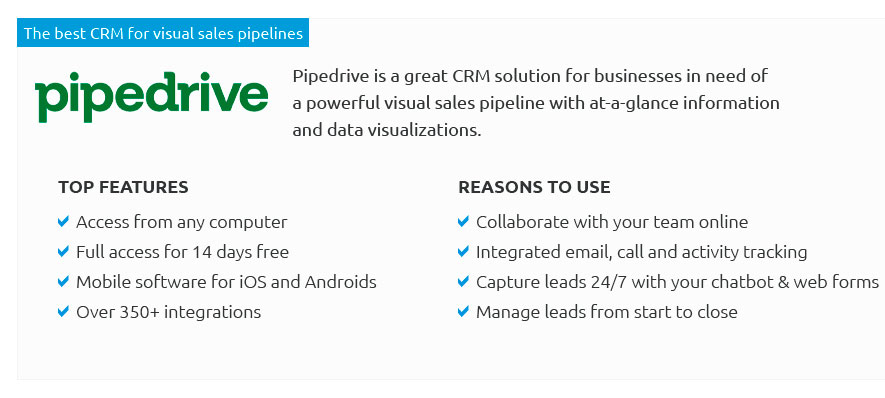 |
|
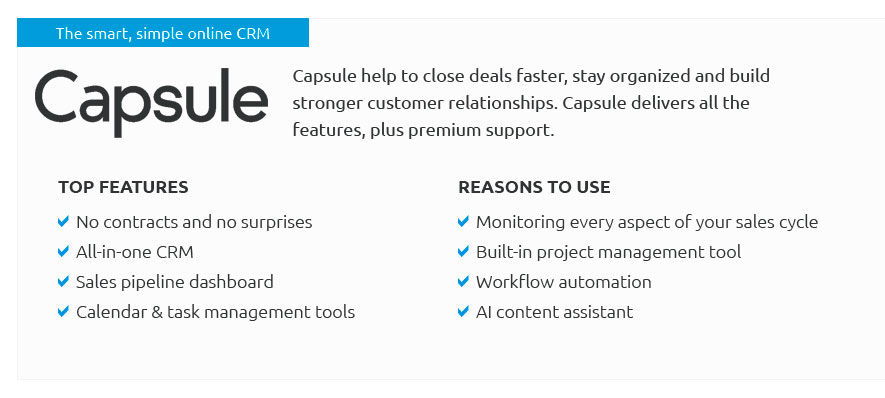 |
|
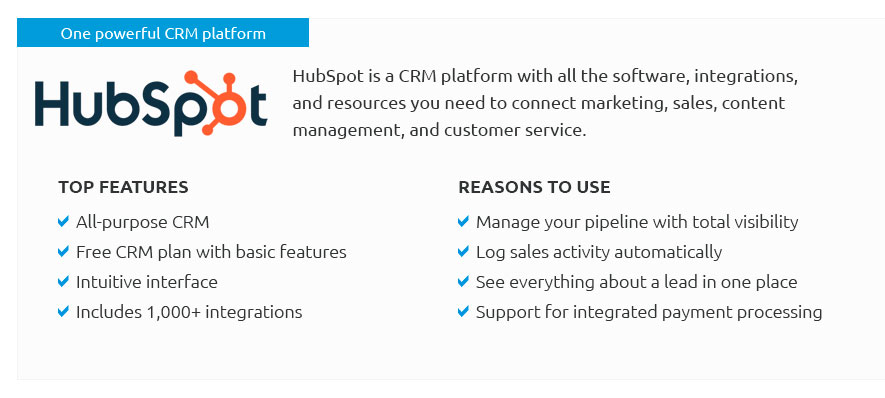 |
|
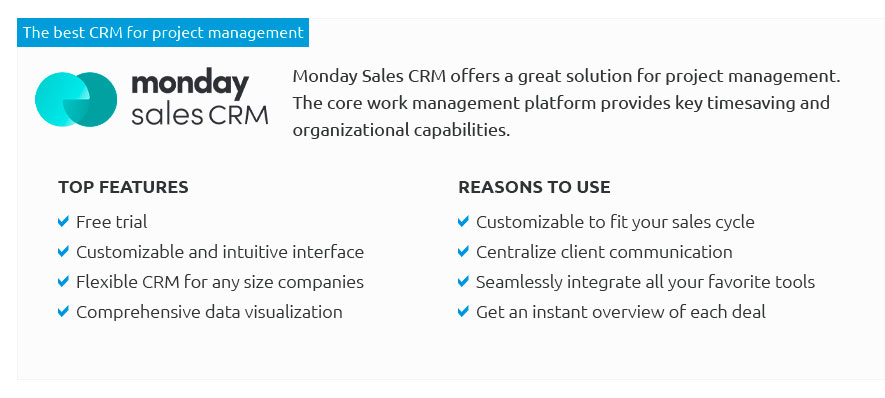 |
|
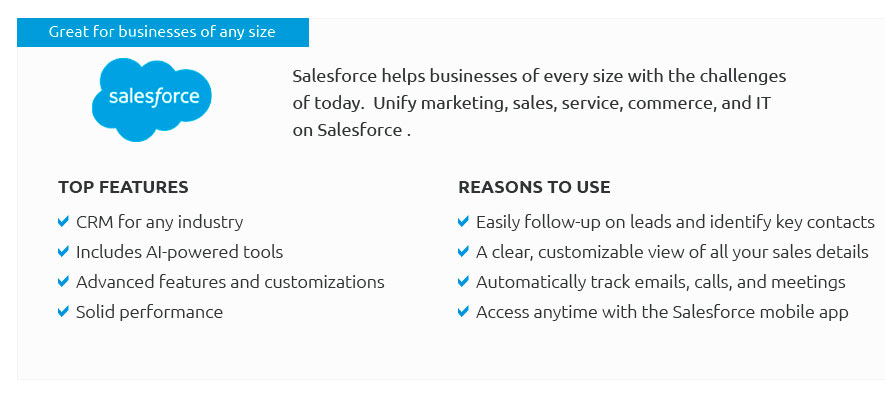 |
|
 |
 |
Exploring the Intricacies of Pipeline Management SystemsIn the ever-evolving landscape of modern industry, the term pipeline management system frequently emerges as a crucial component of operational efficiency, yet understanding its full scope often eludes even seasoned professionals; this complex framework serves as the backbone for numerous sectors including oil and gas, water supply, and even software development, each of which requires meticulous oversight and precise coordination to function optimally. When contemplating the implementation of such a system, several factors demand consideration, ranging from technological integration to economic feasibility. At its core, a pipeline management system is designed to streamline the flow of resources or information, ensuring that operations run smoothly and that disruptions are minimized. One might wonder why such a system is indispensable. The answer lies in its ability to provide real-time data analytics and insights, which not only enhance decision-making processes but also preempt potential issues before they escalate into costly problems. Efficiency and safety are paramount; thus, a robust system not only tracks and manages the physical aspects of a pipeline but also incorporates sophisticated software solutions that monitor performance metrics and diagnose faults. It is akin to having a vigilant sentinel that guards against inefficiencies and potential hazards. However, the journey to deploying an effective pipeline management system is fraught with challenges. The first step is to evaluate the existing infrastructure and determine the level of customization required. Off-the-shelf solutions might offer a quick fix, but they often lack the flexibility needed to address specific operational nuances. This is where a tailored approach proves invaluable, albeit at a potentially higher initial cost. Moreover, the integration process itself can be daunting, necessitating the collaboration of cross-functional teams to ensure that both hardware and software components are seamlessly aligned.
In conclusion, while the implementation of a pipeline management system can be a daunting task, its benefits are manifold and far-reaching. It not only enhances operational efficiency but also fortifies the organization against unforeseen disruptions. As industries continue to evolve, the demand for agile, responsive, and robust pipeline management systems will undoubtedly grow, driving innovation and paving the way for future advancements in this critical domain. Embracing these systems is not just a strategic advantage but a necessity in staying competitive in today's fast-paced world. https://www.leadsquared.com/learn/sales/what-is-pipeline-management/
Sales pipeline management is the process of maintaining a healthy sales pipeline by tracking the flow of leads at every stage. https://www.hubspot.com/products/crm/pipeline-management
With HubSpot's free pipeline management software, organize and track your entire sales cycle in one place. Easily identify roadblocks, track performance, and ... https://pipelinesms.org/
The Plan-Do-Check-Act Cycle is central to every safety management system and a vital tool for continuous improvement of pipeline safety performance. Learn ...
|